Home>Interior Design>13 Ways To Decorate With Chinoiserie
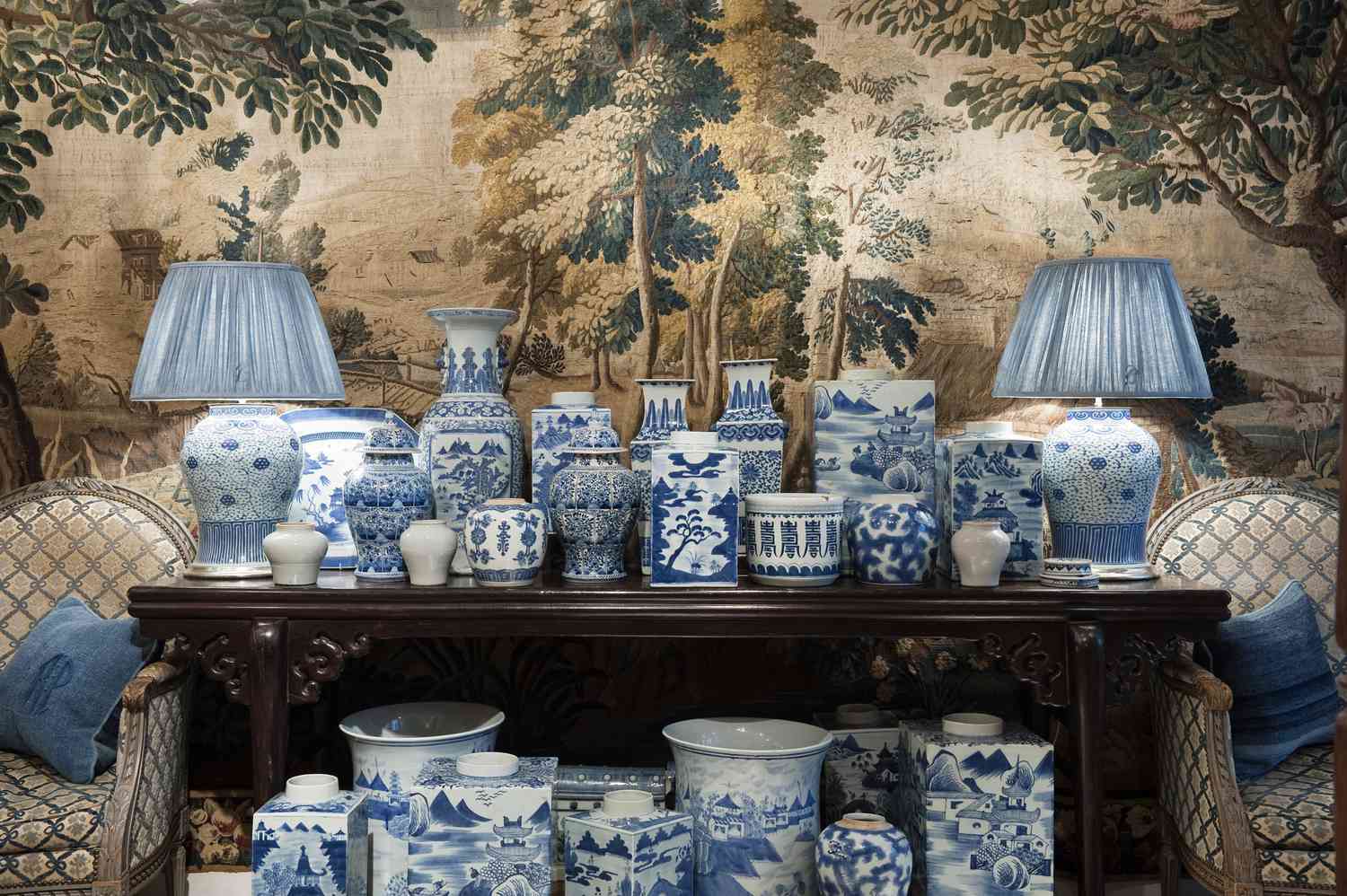

Interior Design
13 Ways To Decorate With Chinoiserie
Modified: January 18, 2024
Discover 13 stunning interior design ideas to incorporate elegant Chinoiserie decor into your space. Transform your home with the enchanting beauty of Chinoiserie motifs and patterns.
(Many of the links in this article redirect to a specific reviewed product. Your purchase of these products through affiliate links helps to generate commission for Storables.com, at no extra cost. Learn more)
Introduction
Chinoiserie, a term derived from the French word “chinois” meaning Chinese, is a unique and enchanting style that has become increasingly popular in interior design. It embodies a fusion of Eastern and Western aesthetics, bringing elements of Chinese art and culture into Western spaces. The result is a visually captivating and captivatingly elegant atmosphere. In this article, we will explore the world of Chinoiserie and provide you with 13 fantastic ways to incorporate this style into your home decor.
Chinoiserie has a rich and fascinating history that dates back to the 17th century. It emerged in Europe as a response to the increasing fascination and curiosity about the Far East. Merchants and explorers brought back exotic treasures from their travels, including intricate Chinese porcelain, vibrant silk fabrics, and delicate lacquerware. The Western world was captivated by these exotic findings and sought to recreate the Oriental allure in their own homes.
Chinoiserie quickly gained popularity among European aristocracy and the upper class. It was heavily influenced by Chinese motifs, such as pagodas, cherry blossoms, bamboo, and mythical creatures like dragons and phoenixes. These elements were incorporated into various decorative objects, furniture, and textiles, resulting in a distinctive style that blended the elegance of European design with the mystique of the Orient.
Today, Chinoiserie continues to be embraced and celebrated by interior designers and homeowners alike. Its timeless appeal and versatility make it a perfect choice for both traditional and contemporary spaces. By incorporating Chinoiserie elements into your interior design, you can create a visually captivating and culturally rich environment that reflects your personal style and adds a touch of exoticism to your home.
In the following sections, we will explore different aspects of Chinoiserie and provide you with 13 inspiring ideas to incorporate this style into your home decor. From furniture and wallpaper to lighting and accessories, there are countless ways to infuse your living space with the enchanting charm of Chinoiserie. So, let’s delve into the world of Chinoiserie and discover how this captivating style can transform your home.
Key Takeaways:
- Embrace the timeless allure of Chinoiserie by incorporating traditional Chinese motifs, vibrant colors, and intricate designs into your interior design for a visually captivating and culturally rich space.
- Infuse your home with the elegance and exotic charm of Chinoiserie through symmetrical designs, water features, traditional Chinese plants, and Asian-inspired furniture to create a serene and culturally rich outdoor oasis.
History of Chinoiserie
Chinoiserie, as a decorative style, emerged in Europe during the 17th century and reached its peak of popularity in the 18th century. It was a response to the growing curiosity and fascination with the East, particularly China. European traders, explorers, and diplomats brought back treasures from their journeys, including porcelain, silk, lacquerware, and other exquisite items from China.
These exotic objects sparked a wave of interest and desire among the European aristocracy and upper class. They were seen as symbols of wealth, luxury, and sophistication. As a result, there was a demand for furniture and decorative objects that imitated the aesthetic of these Chinese treasures.
The term “Chinoiserie” was coined in the 19th century and refers to the European interpretation and adaptation of Chinese artistic motifs, designs, and techniques. It is important to note that Chinoiserie is not an accurate representation of Chinese culture, but rather a romanticized and idealized European interpretation.
In Chinoiserie, the most commonly used motifs include pagodas, bamboo, dragons, phoenixes, cherry blossoms, and landscapes inspired by traditional Chinese paintings. These motifs were incorporated into various decorative elements, such as furniture, textiles, ceramics, wallpaper, and paintings. The intricate designs were often hand-painted or hand-carved, adding a touch of craftsmanship and artistry to the pieces.
The popularity of Chinoiserie in Europe continued to grow throughout the 18th century. It was not limited to just interior decoration but also influenced fashion, porcelain production, and even garden design. Chinoiserie gardens, with their asymmetrical layout, exotic plants, and architectural elements inspired by Chinese pavilions and pagodas, became a sought-after feature in many European estates.
Chinoiserie began to decline in popularity in the 19th century as other design styles emerged. However, it experienced a revival in the early 20th century and continues to be appreciated and incorporated into interior design to this day.
The enduring appeal of Chinoiserie lies in its ability to transport us to a world of enchantment and elegance. It allows us to appreciate the beauty of Chinese art and culture through a European lens. Whether it’s a delicate porcelain vase, a hand-painted wallpaper, or a meticulously designed piece of furniture, Chinoiserie adds a touch of exoticism and sophistication to any interior.
Chinoiserie in Interior Design
Chinoiserie is a style that has stood the test of time in the world of interior design. Its unique blend of Eastern and Western aesthetics creates a captivating and visually stunning atmosphere. Incorporating Chinoiserie elements into your interior design can transform a space, adding a touch of elegance, exoticism, and cultural richness.
One of the key aspects of Chinoiserie in interior design is the use of vibrant colors. Traditional Chinese colors such as red, gold, blue, and green are often incorporated into Chinoiserie-inspired spaces. These colors add vibrancy and a sense of opulence to the overall design.
Chinoiserie furniture is another crucial element in creating an authentic Chinoiserie look. Furniture pieces inspired by Chinese design often feature intricate carvings, lacquered finishes, and curved lines. Pagoda-shaped cabinets, bamboo-inspired chairs, and mother-of-pearl inlaid tables are common examples of Chinoiserie furniture.
Wall coverings play a significant role in Chinoiserie interior design. Chinoiserie wallpapers and murals depicting Chinese landscapes, birds, flowers, and traditional motifs add depth, visual interest, and a sense of being transported to a different world. These wallpapers can be applied to an entire room or used as an accent wall to create a focal point.
Lighting is also an important consideration in Chinoiserie interior design. Chinoiserie-inspired lighting fixtures, such as lantern-style pendant lights or ceramic table lamps, can add a touch of elegance and charm to a space. These fixtures often feature delicate patterns, vibrant colors, and intricate detailing.
The use of Chinoiserie fabrics and textiles is another way to infuse this style into your interior design. Silk fabrics in rich, jewel tones with ornate patterns are commonly used for draperies, upholstery, and throw pillows. These fabrics add a luxurious and tactile element to the space.
Chinoiserie artwork, such as Chinese calligraphy or hand-painted screens, can be incorporated as focal points or wall decor. These pieces add a sense of authenticity and cultural significance to the space. Additionally, incorporating Chinoiserie-inspired wall decor, such as framed panels depicting traditional Chinese scenes or ornate mirrors with cherry blossom motifs, can further enhance the overall aesthetic.
Another way to embrace Chinoiserie is through the use of ceramics and porcelain. Displaying Chinese vases, ginger jars, or figurines in a curated manner can add a touch of elegance and sophistication to the space. These decorative objects often feature intricate hand-painted scenes or delicate patterns.
Accessories are the finishing touches that complete a Chinoiserie-inspired interior. Delicate Chinese tea sets, hand-painted porcelain plates, and decorative boxes can be used to adorn coffee tables, bookshelves, or display cabinets. These accessories add a sense of refinement and show appreciation for the detailed craftsmanship of Chinoiserie design.
In summary, Chinoiserie in interior design is a captivating style that brings together the beauty of Chinese art and culture with Western design sensibilities. By incorporating Chinoiserie elements such as vibrant colors, furniture inspired by Chinese design, wallpapers, lighting, fabrics, artwork, ceramics, and accessories, you can create a space that is visually stunning and culturally rich. Chinoiserie allows you to embrace the exotic charm and elegance of the East in your own home.
Choosing Chinoiserie Furniture
When it comes to incorporating Chinoiserie into your interior design, furniture plays a key role in setting the tone and style of the space. Chinoiserie furniture is known for its intricate detailing, ornate carvings, and luxurious finishes. Here are some tips to help you choose the perfect Chinoiserie furniture for your home:
1. Research and understand Chinoiserie styles: Before you start shopping for Chinoiserie furniture, take the time to research and understand the different Chinoiserie styles. Familiarize yourself with the characteristics of each style, such as the Ming Dynasty-inspired furniture with its sleek lines and minimalistic design, or the Qing Dynasty-inspired furniture known for its elaborately carved details.
2. Choose authentic or reproduction pieces: Chinoiserie furniture can be found in both authentic antique pieces and reproduction items. Authentic pieces have historic and cultural value but can come with a higher price tag. Reproduction pieces offer a more affordable option and can be found in various quality levels. Select the option that best suits your budget and design preferences.
3. Consider the size and scale: Chinoiserie furniture can range from small accent pieces to larger statement furniture. Consider the size and scale of your space when selecting Chinoiserie furniture. Choose larger furniture pieces, such as cabinets or consoles, for spacious rooms, while smaller items like chairs or side tables work well in smaller areas or as accents.
4. Look for ornate carvings and details: One of the defining features of Chinoiserie furniture is the intricate carvings and ornate details. Look for furniture pieces with hand-carved motifs inspired by Chinese culture, such as dragons, pagodas, or floral patterns. These intricate details add texture and visual interest to the furniture.
5. Consider the material and finish: Chinoiserie furniture is often crafted from high-quality materials such as solid wood, bamboo, or lacquered finishes. Consider the material and finish that best complements your overall design aesthetic. Opt for furniture with a glossy lacquer finish for a more opulent and traditional look or pieces with natural wood finishes for a more organic and contemporary feel.
6. Mix and match with other styles: Chinoiserie furniture can be successfully incorporated into various design styles, from traditional to eclectic and even modern. Don’t be afraid to mix and match Chinoiserie pieces with furniture from other styles to create a unique and personalized look. The juxtaposition of different styles can add depth and visual interest to your space.
7. Emphasize functional pieces: In addition to its aesthetic appeal, Chinoiserie furniture can also be functional. Look for pieces that serve a purpose in your daily life, such as storage cabinets, bookshelves, or desks. This way, you can enjoy the beauty of Chinoiserie while also adding practicality to your space.
8. Pay attention to craftsmanship: Chinoiserie furniture is often handmade and showcases exquisite craftsmanship. Pay attention to the quality of construction and attention to detail when selecting Chinoiserie furniture. Inspect the joints, finishes, and overall durability of the piece to ensure it will stand the test of time.
By considering these tips, you can choose Chinoiserie furniture that complements your design aesthetic and adds a touch of elegance and cultural richness to your space. Remember, Chinoiserie furniture is not just about style; it is a reflection of artistry, history, and the fusion of Eastern and Western cultures.
Chinoiserie Wallpaper and Murals
Chinoiserie wallpaper and murals are a fantastic way to infuse your interior design with the enchanting allure of Chinese art and culture. They serve as breathtaking focal points, adding depth, visual interest, and a touch of whimsy to any space. Here are some tips to help you incorporate Chinoiserie wallpaper and murals into your home:
1. Choose the right motif and design: Chinoiserie wallpaper and murals typically feature intricate designs inspired by traditional Chinese art and culture. Consider motifs such as cherry blossoms, pagodas, birds, dragons, or serene landscapes. Choose a design that resonates with you and complements the overall aesthetic of your space.
2. Consider the scale and placement: When selecting Chinoiserie wallpaper or murals, consider the scale of the design and the size of your space. Smaller patterns work well in smaller rooms or as accents on a single wall, while larger-scale designs can make a bold statement in spacious areas. Pay attention to the placement of the wallpaper or mural to ensure it enhances the overall flow and balance of the room.
3. Opt for hand-painted or digitally printed: Chinoiserie wallpapers and murals can be either hand-painted or digitally printed. Hand-painted options offer a unique and personalized touch, with each stroke of the brush showcasing the skill and artistry of the painter. Digitally printed options provide a more affordable alternative while still capturing the intricate details and vibrant colors of Chinoiserie designs.
4. Coordinate with the color scheme: Chinoiserie wallpapers and murals often feature a wide range of colors, from vibrant reds and greens to softer pastels and neutrals. Consider the existing color palette of your space and select a wallpaper or mural that harmonizes with the overall scheme. Choose complementary colors to create a cohesive and visually pleasing look.
5. Create a focal point: Chinoiserie wallpapers and murals can be used to create a stunning focal point in any room. Whether you adorn an entire wall or a specific area, the bold and intricate designs will draw attention and become a captivating conversation piece. Consider placing the wallpaper or mural in spaces such as the dining room, living room, or bedroom for maximum impact.
6. Pair with complementary decor: To enhance the Chinoiserie aesthetic, pair the wallpaper or mural with complementary decor. Incorporate furniture, textiles, and accessories that echo the colors, motifs, or materials featured in the wallpaper or mural. This will create a harmonious and cohesive look throughout the space.
7. Balance with other design elements: While Chinoiserie wallpapers and murals can be visually striking, it’s important to maintain a balance with other design elements in the room. Avoid overcrowding the space with too many busy patterns or distracting elements. Let the wallpaper or mural take center stage while keeping the rest of the decor relatively simple and complementary.
8. Consider alternative applications: Chinoiserie wallpapers and murals can extend beyond the walls and be applied to other surfaces. Consider using them on furniture, doors, or even the ceiling to create a truly immersive Chinoiserie experience. These unconventional applications will add an unexpected and unique touch to your space.
Chinoiserie wallpaper and murals are a wonderful way to infuse your home with the timeless beauty and cultural richness of Chinese art. They provide a transformative element that can elevate any interior design style, from traditional to contemporary. With their intricate designs and vibrant colors, Chinoiserie wallpapers and murals create a visually stunning backdrop that will surely captivate your guests and create a sense of wonder in your own home.
Accentuating with Chinoiserie Lighting
Chinoiserie lighting is a fantastic way to add a touch of elegance and exoticism to your interior design. The intricate designs, vibrant colors, and delicate craftsmanship of Chinoiserie lighting fixtures create a captivating ambiance and serve as beautiful focal points within a space. Here are some tips to help you accentuate your home with Chinoiserie lighting:
1. Choose the right Chinoiserie lighting style: Chinoiserie lighting encompasses a wide range of styles, from lantern-shaped pendant lights to ceramic table lamps. Consider the overall design aesthetic of your space and select lighting fixtures that complement it. Pay attention to the color, shape, and pattern of the fixtures to ensure they align with your desired Chinoiserie look.
2. Opt for vibrant colors: Chinoiserie lighting often features vibrant and rich colors inspired by traditional Chinese design. Reds, blues, greens, and golds are commonly used to add a sense of opulence and vibrancy to the fixtures. Select lighting fixtures that incorporate these bold colors to make a statement and bring the Chinoiserie aesthetic to life.
3. Embrace intricate detailing: One of the defining features of Chinoiserie lighting is its intricate detailing. Look for fixtures that feature hand-carved designs, ornate patterns, or delicate motifs such as dragons, birds, or floral elements. These intricate details add a touch of craftsmanship and authenticity to your Chinoiserie-inspired space.
4. Consider the lighting function: Chinoiserie lighting should not only be visually appealing but also serve a functional purpose. Determine the specific lighting needs of each room and select fixtures accordingly. Pendant lights can provide ambient lighting in larger spaces, while table lamps can offer task lighting or act as decorative accents on side tables or nightstands.
5. Mix different types of lighting: To create a layered and dynamic lighting scheme, consider incorporating different types of Chinoiserie lighting fixtures into your space. Combine pendant lights, wall sconces, and table lamps to create a warm and inviting atmosphere. This mix of lighting sources will add depth and visual interest to your interior design.
6. Pay attention to the scale: Chinoiserie lighting fixtures come in various sizes, so it’s important to consider the scale of your space when selecting them. Larger fixtures can make a bold statement in grand rooms with high ceilings, while smaller fixtures may be more suitable for smaller areas or as accents in a larger space. Take measurements and consider the proportions of the fixtures in relation to the room to ensure a harmonious look.
7. Coordinate with the overall design: Chinoiserie lighting should complement the overall design aesthetic of your space. Pay attention to the existing color palette, materials, and furniture styles to ensure the lighting fixtures integrate seamlessly. Consider how the lighting will interact with other Chinoiserie elements in the room, such as wallpapers, furniture, and accessories, to create a cohesive and visually pleasing atmosphere.
8. Dimmable capabilities: To create different moods and ambiance, choose Chinoiserie lighting fixtures with dimmable capabilities. This allows you to adjust the brightness and intensity of the lights to suit different occasions and activities. Dimming the lights can add a touch of romance and intimacy to the space, creating a cozy and inviting atmosphere.
Chinoiserie lighting is not just functional; it is a work of art that brings beauty, charm, and cultural richness to your home. By selecting lighting fixtures that embody the intricate designs, vibrant colors, and delicate craftsmanship of Chinoiserie, you can accentuate your space and create a truly captivating environment.
Chinoiserie Fabrics and Textiles
Chinoiserie fabrics and textiles are a beautiful way to infuse your interior design with the timeless allure and cultural richness of Chinese art. From luxurious silk fabrics to ornate embroidered textiles, Chinoiserie fabrics add elegance, texture, and a touch of exoticism to any space. Here are some tips for incorporating Chinoiserie fabrics and textiles into your home:
1. Opt for silk fabrics: Silk is a quintessential material in Chinoiserie design. It exudes luxury and elegance, and its smooth texture adds a tactile element to the space. Look for silk fabrics in vibrant jewel tones or soft pastels to capture the essence of Chinoiserie. Use them for draperies, upholstery, throw pillows, or even as wall hangings.
2. Embrace traditional Chinese patterns: Chinoiserie fabrics often feature traditional Chinese patterns and motifs. Look for designs such as cherry blossoms, dragons, pagodas, or intricate floral patterns. These motifs add a touch of authenticity and cultural significance to your space. Incorporate them into curtains, bedding, cushions, or even upholstered furniture to create a cohesive Chinoiserie look.
3. Add texture with embroidery: Chinoiserie textiles often feature elaborate embroidery, which adds depth, texture, and intricacy to the fabric. Seek out embroidered fabrics with delicate floral designs or scenes inspired by Chinese art. Consider using them as decorative accents, such as table runners, placemats, or decorative pillows, to bring a touch of opulence to your space.
4. Mix and match patterns: Chinoiserie design embraces the art of mixing patterns. Don’t be afraid to combine different Chinoiserie fabrics with complementary patterns, such as stripes, paisley, or geometric prints. The key is to maintain a cohesive color palette and balance the scales of the patterns to create a harmonious and visually appealing look.
5. Contrast with solid colors: To create a visually striking focal point, pair Chinoiserie fabrics with solid-colored textiles. For example, if you have Chinoiserie patterned curtains, balance them with solid-colored upholstery or vice versa. This contrast allows the Chinoiserie fabric to stand out and adds a modern touch to the traditional pattern.
6. Coordinate with other Chinoiserie elements: To create a cohesive Chinoiserie look, coordinate your fabrics with other Chinoiserie elements in the space. This can include Chinoiserie wallpapers, furniture, accessories, or artwork. Ensure that the patterns, colors, and styles of the fabrics complement and harmonize with the overall Chinoiserie aesthetic.
7. Consider practicality: While Chinoiserie fabrics are visually stunning, it’s also important to consider their practicality in day-to-day use. Choose fabrics that are durable, easy to clean, and suitable for the intended purpose. For high-traffic areas, opt for fabrics with a higher thread count or those treated with stain-resistant finishes to ensure longevity.
8. Pay attention to the scale: Consider the scale of the patterns and motifs on the Chinoiserie fabrics. Large-scale patterns can make a bold statement in larger rooms or as accent pieces, while smaller-scale patterns work well in smaller spaces or when used as subtle accents. Pay attention to the proportion of the patterns in relation to the furniture or decor they will be paired with.
Chinoiserie fabrics and textiles offer a world of possibilities for infusing your home with beauty, elegance, and cultural richness. Whether it’s the luxurious silk fabrics, intricate embroidery, or traditional Chinese patterns, incorporating Chinoiserie textiles allows you to create a truly enchanting and captivating interior design.
Incorporate Chinoiserie elements through wallpaper, fabrics, and decorative accents for a timeless and elegant look in your home.
Incorporating Chinoiserie Artwork
Chinoiserie artwork adds a touch of elegance, charm, and cultural richness to any interior space. From delicate Chinese calligraphy to hand-painted screens, Chinoiserie art presents a captivating and visually stunning focal point. Here are some tips for incorporating Chinoiserie artwork into your home:
1. Chinese Calligraphy: Chinese calligraphy is a traditional art form that embodies the beauty and precision of Chinese writing. Hang a piece of calligraphy on your wall as a focal point or incorporate it into a gallery wall with other Chinoiserie elements. Chinese calligraphy adds an air of sophistication and cultural significance to your space.
2. Hand-Painted Screens: Chinoiserie hand-painted screens are not only artistic but also functional. These folding screens can be used to partition a room, create privacy, or simply add visual interest. Look for screens featuring intricate landscapes, bamboo, floral motifs, or scenes inspired by traditional Chinese paintings. They make a stunning statement piece and infuse the space with a touch of elegance and exoticism.
3. Antique Paintings: If you’re a fan of antiques, consider incorporating antique Chinoiserie paintings into your decor. Look for pieces that feature traditional Chinese landscapes, nature scenes, or portraits. This not only adds an authentic touch of Chinoiserie but also brings history and charm to your space. Display the paintings as standalone focal points or alongside other Chinoiserie elements to create an artful ensemble.
4. Porcelain Paintings and Panels: Chinoiserie porcelain paintings and panels are exquisite works of art that can be displayed on walls or used as tabletop decorations. Look for porcelain pieces that feature delicate brushwork, grand landscapes, or intricate floral patterns. Incorporate them into your decor by hanging them on the wall or displaying them on shelves or mantels. These porcelain artworks showcase the craftsmanship and beauty of Chinoiserie.
5. Framed Chinoiserie Wallpaper Panels: Another way to incorporate Chinoiserie artwork is by framing sections of Chinoiserie wallpaper. Choose a captivating section of the wallpaper with intricate designs and vivid colors. Frame it and hang it as a statement piece on your wall. This allows you to enjoy the beauty of Chinoiserie patterns and motifs in a unique and artistic way.
6. Modern Chinoiserie Art: Chinoiserie art doesn’t have to be limited to traditional or antique pieces. There are contemporary artists who create Chinoiserie-inspired artwork with a modern twist. Look for artists who blend traditional Chinoiserie elements with contemporary techniques or reinterpret traditional motifs in a fresh and innovative way. This allows you to infuse your space with a blend of classic and modern aesthetics.
7. Gallery Wall Display: Create a gallery wall featuring a collection of Chinoiserie artwork. Mix and match different types of Chinoiserie pieces, such as calligraphy, paintings, porcelain panels, or hand-painted screens. Experiment with different arrangements and sizes to create a visually captivating display. A gallery wall provides an opportunity to showcase your appreciation for the beauty and cultural significance of Chinoiserie.
8. Lighting and Display: Proper lighting and display techniques can enhance the impact of Chinoiserie artwork. Install spotlights or track lighting to highlight specific pieces and create a dramatic effect. Consider using picture lights to illuminate framed artwork. Display the artwork at eye level for optimal viewing and consider creating a focal point by placing it above a console table, fireplace mantel, or in an entryway.
Incorporating Chinoiserie artwork into your home allows you to appreciate the beauty and cultural richness of Chinese art while adding a touch of elegance and sophistication to your space. Whether it’s traditional calligraphy, antique paintings, porcelain panels, or modern interpretations, Chinoiserie artwork creates an enchanting ambiance that reflects your appreciation for art and culture.
Creating Chinoiserie-Inspired Wall Decor
Creating Chinoiserie-inspired wall decor is a wonderful way to infuse your space with the timeless elegance and exotic charm of Chinese art. Whether you want to create a focal point or add visual interest to your walls, Chinoiserie-inspired wall decor offers a myriad of creative possibilities. Here are some ideas to help you incorporate Chinoiserie-inspired wall decor into your home:
1. Chinoiserie Wallpaper: Chinoiserie wallpaper is a classic choice for creating a Chinoiserie-inspired wall decor. Choose wallpaper with intricate patterns, such as pagodas, birds, cherry blossoms, or dragons. Adorn an entire wall or create an accent wall to make a statement. The vibrant colors and detailed motifs of Chinoiserie wallpaper will instantly transform your space.
2. Wall Murals: If you’re looking for a more dramatic effect, consider Chinoiserie-inspired wall murals. These large-scale artworks depict captivating scenes inspired by traditional Chinese paintings. Choose a mural with serene landscapes, nature elements, or mythical creatures to transport your space to a different world. Install the mural on a prominent wall to create a breathtaking focal point.
3. Framed Panels: Frame sections of Chinoiserie wallpaper or fabric to create framed panels that can be hung on the wall. Choose sections with captivating patterns or motifs that align with the Chinoiserie aesthetic. Arrange multiple framed panels in a grid or asymmetrically on the wall to create a visually appealing display. This allows you to enjoy the beauty of Chinoiserie patterns in a unique and artistic way.
4. Chinese Fans: Incorporating Chinese fans into your wall decor adds a delicate and whimsical touch. Hang Chinese fans of different sizes and designs on the wall to create an eye-catching display. Consider arranging them in a collage-like fashion or overlapping them to add depth and visual interest. Chinese fans not only add a Chinoiserie vibe but also evoke a sense of movement and grace.
5. Porcelain Plates: Use decorative porcelain plates with Chinoiserie motifs as wall decor. Hang a collection of plates on the wall using plate hangers or display them on decorative plate stands. Look for plates with traditional Chinese designs, such as landscapes, floral patterns, or figurative scenes. The intricate details and vibrant colors of the porcelain plates create an instant visual impact.
6. Hanging Scrolls: Chinoiserie hanging scrolls are traditional Chinese artworks that can be hung on the wall. They typically feature landscape scenes or calligraphy. Choose a hanging scroll with a captivating ink painting or a beautiful poem written in Chinese calligraphy. Hang the scroll on the wall using decorative hooks or rods to create an elegant and sophisticated Chinoiserie display.
7. Chinoiserie Shelving Display: Install Chinoiserie-inspired shelving units on the wall to create a display for decorative objects, vases, or small Chinoiserie artwork. Look for shelves with traditional Chinese design elements, such as carved motifs or lacquered finishes. Arrange your Chinoiserie collectibles and artwork on the shelves to create a visually appealing and curated display that showcases your appreciation for Chinoiserie art.
8. Wall Decor Groupings: Create groupings of different types of Chinoiserie wall decor to add depth and dimension to your space. Combine framed panels, porcelain plates, and small artwork to create a curated display on a wall. Experiment with different arrangements and sizes to create a visually captivating composition. Incorporate other decorative elements, such as mirrors or wall sconces, to further enhance the Chinoiserie-inspired ambiance.
Incorporating Chinoiserie-inspired wall decor allows you to create a visually stunning and culturally rich environment in your home. Whether you choose Chinoiserie wallpaper, framed panels, porcelain plates, or hanging scrolls, these creative ideas will help you infuse your space with the timeless beauty and exotic charm of Chinese art.
Chinoiserie Ceramics and Porcelain
Chinoiserie ceramics and porcelain are exquisite works of art that bring beauty, elegance, and cultural richness to any interior space. The intricate designs, delicate craftsmanship, and timeless appeal of Chinoiserie ceramics and porcelain make them a perfect choice for adding a touch of exoticism to your home decor. Here are some tips for incorporating Chinoiserie ceramics and porcelain into your space:
1. Chinese Vases: Chinese vases are iconic pieces of Chinoiserie decor. Look for vases with intricate hand-painted scenes, floral patterns, or traditional motifs. Place them on mantels, coffee tables, or sideboards to create a visually striking focal point. You can display single vases or arrange a collection of various sizes and shapes for added impact.
2. Ginger Jars: Ginger jars are another classic Chinoiserie ceramic that adds a touch of elegance and charm to any space. These lidded jars feature elaborate designs, often depicting landscapes, birds, or floral patterns. Display ginger jars on shelves, cabinets, or as standalone pieces to bring a sense of sophistication and cultural richness to your home.
3. Blue and White Porcelain: Blue and white porcelain is a hallmark of Chinoiserie design. The combination of cobalt blue and white creates a timeless and elegant look. Look for vases, plates, or bowls adorned with intricate blue and white patterns. Display them on a mantel, table, or shelf to create a stunning contrast against neutral or colorful backgrounds.
4. Figurines and Statues: Chinoiserie figurines and statues, such as Foo dogs, immortalize mythical creatures and symbolic beings in Chinese culture. Place them on a side table, bookshelf, or console as decorative accents. These figurines not only add a touch of cultural significance but also create a sense of whimsy and intrigue in your space.
5. Tea Sets: A Chinoiserie-inspired tea set can be both functional and decorative. Look for porcelain tea sets featuring delicate floral patterns, intricate designs, or traditional Chinese motifs. Display the tea set on a decorative tray or within a display cabinet to showcase its beauty. Host an elegant tea party and invite guests to experience the charm and elegance of Chinoiserie tea culture.
6. Display Cabinets: Chinoiserie ceramics and porcelain items are best displayed and appreciated in ornate display cabinets. Opt for cabinets with glass doors and shelves to showcase your collection. Choose cabinets with intricate carvings, lacquered finishes, or traditional Chinese design elements to enhance the Chinoiserie aesthetic. Install lighting within the cabinet to highlight the beauty of each piece.
7. Wall Plates and Plaques: Chinoiserie wall plates and plaques add a unique and artistic touch to your walls. Look for porcelain plates or plaques with traditional Chinese patterns, scenes, or calligraphy. Arrange them in a gallery wall display or hang them individually as focal points. Use plate hangers or decorative hooks to securely display these delicate, yet visually stunning, pieces of Chinoiserie art.
8. Chinoiserie-Inspired Tableware: Incorporate Chinoiserie-inspired tableware, such as plates, bowls, and serving dishes, for special occasions or everyday use. Choose pieces with elegant designs, vibrant colors, or graceful shapes. Mixing Chinoiserie tableware with your existing collection can create a unique table setting that celebrates the beauty and cultural significance of Chinoiserie design.
Chinoiserie ceramics and porcelain add a touch of elegance, artistry, and cultural heritage to your home. Whether it’s Chinese vases, ginger jars, blue and white porcelain, or figurines, these Chinoiserie treasures showcase the rich history and intricate craftsmanship of Chinese art. Incorporate these beautiful pieces into your space to create a captivating atmosphere that reflects your appreciation for the timeless beauty of Chinoiserie.
Styling with Chinoiserie Accessories
Chinoiserie accessories are the perfect finishing touches to create a captivating and culturally rich interior design. These accessories embrace the fusion of Eastern and Western aesthetics, adding elegance, exoticism, and a touch of whimsy to any space. Here are some tips for styling with Chinoiserie accessories:
1. Porcelain and Ceramic Decor: Chinoiserie-inspired porcelain and ceramic decor pieces are enchanting additions to any space. Look for intricately designed figurines, decorative plates, or ornate vases. Display them on shelves, mantels, or coffee tables to add a touch of elegance and cultural richness to your space.
2. Decorative Boxes and Trinkets: Chinoiserie decorative boxes and trinkets are small yet impactful accessories. Look for boxes adorned with traditional Chinese motifs or delicate hand-painted scenes. These boxes can serve as decorative accents on a console table, a bedside table, or a bookshelf. Use them to store small treasures or simply enjoy their beauty as standalone pieces.
3. Chinoiserie Throw Pillows: Chinoiserie-inspired throw pillows are a great way to add pattern and texture to your seating areas. Look for pillows with Chinoiserie motifs, such as birds, flowers, or Chinese-inspired patterns. Mix and match different sizes, patterns, and colors to create an eclectic and visually appealing display on your sofas, armchairs, or beds.
4. Oriental Rugs and Carpets: Chinoiserie-inspired oriental rugs and carpets can anchor a space and tie the design together. Look for rugs with intricate patterns, vibrant colors, or traditional Chinese motifs. Place them in living rooms, dining rooms, or bedrooms to add warmth and cultural richness to your floors.
5. Silk and Brocade Fabrics: Incorporate Chinoiserie-inspired fabrics in your decor through curtains, table runners, or upholstery. Look for silk or brocade fabrics in vibrant colors with ornate patterns. These fabrics add a luxurious and tactile element to your space while enhancing the Chinoiserie aesthetic.
6. Chinoiserie-inspired Artwork: To create a cohesive Chinoiserie look, consider incorporating Chinoiserie-inspired artwork as accessories. Look for paintings, prints, or photographs with Oriental motifs or scenes. Hang them on the wall or place them on easels to add visual interest and a cultural touch to your space.
7. Chinoiserie-Inspired Table Settings: Elevate your dining experience with Chinoiserie-inspired table settings. Incorporate decorative porcelain plates, vibrant silk table runners, and traditional Chinese-inspired centerpieces. Use gold or brass accents, like candleholders or napkin rings, to add a touch of opulence. Set the table with patterned tea sets or decorative tea caddies for a true Chinoiserie-inspired dining experience.
8. Chinoiserie-Inspired Wallpaper Borders: If you don’t want to commit to full Chinoiserie wallpaper, consider using Chinoiserie-inspired wallpaper borders as an accessory. Choose borders with intricate motifs, such as bamboo, birds, or cherry blossoms. Apply them along the top or bottom of a wall, or use them to frame a mirror or piece of artwork. This adds a subtle yet distinct Chinoiserie touch to your space.
Incorporating Chinoiserie accessories enhances the overall aesthetic of your space, infusing it with a touch of elegance, exoticism, and cultural heritage. By selecting decorative pieces that embody the intricate designs and motifs of Chinoiserie, you can create a visually stunning environment that reflects your appreciation for this timeless style.
Chinoiserie Gardens and Outdoor Spaces
Chinoiserie gardens and outdoor spaces are an enchanting extension of the Chinoiserie style, bringing the beauty and tranquility of traditional Chinese gardens to your own backyard. Inspired by the principles of balance, harmony, and nature, Chinoiserie gardens create a serene and culturally rich oasis. Here are some tips for creating a Chinoiserie-inspired outdoor space:
1. Embrace Symmetry and Balance: Chinoiserie gardens often feature symmetrical designs and carefully balanced elements. Use symmetry in your outdoor space by incorporating matching pairs of plants, seating areas, or decorative structures. Create a sense of balance by arranging features in a harmonious and intentional way.
2. Add Water Features: Water plays a central role in Chinoiserie gardens, symbolizing tranquility and flow. Consider adding a pond, small water fountain, or even a decorative water feature. The sound of running water and the reflection of light on the surface will create a soothing and serene atmosphere.
3. Incorporate Bamboo: Bamboo is a quintessential element of Chinoiserie gardens. Its graceful and versatile nature adds a touch of authenticity to the design. Consider planting bamboo along paths or using bamboo fencing to create privacy. Bamboo can also be used for pergolas, trellises, or decorative screens.
4. Use Traditional Chinese Plants: When selecting plants for your Chinoiserie garden, consider incorporating traditional Chinese plants. Cherry blossoms, peonies, lotus flowers, and bamboo are popular choices that evoke the beauty and symbolism of Chinese culture. Choose plants with vibrant colors, interesting textures, and meaningful significance.
5. Create Serene Garden Walkways: Chinoiserie gardens often feature meandering pathways that invite exploration and contemplation. Opt for curved paths lined with pebbles, stepping stones, or low hedges to create a sense of discovery. Incorporate garden lanterns or decorative stone pagodas along the walkways to enhance the ambiance.
6. Introduce Pagoda Structures: Pagodas are iconic architectural elements in traditional Chinese gardens. Install a wooden or stone pagoda as a focal point or decorative structure. The intricate details and layered rooflines of pagodas add a sense of height, visual interest, and cultural significance to your outdoor space.
7. Enhance with Asian-Inspired Furniture: In your outdoor seating area, incorporate Asian-inspired furniture to complement the Chinoiserie garden. Look for bamboo or teak furniture with clean lines and curvaceous designs. Add cushions with Chinoiserie-inspired floral or botanical patterns to create a comfortable and visually appealing seating area.
8. Feature Traditional Chinoiserie Art: To further embrace the Chinoiserie aesthetic, consider incorporating traditional Chinoiserie artwork or sculptures in your outdoor space. Hang decorative porcelain plates on exterior walls or place statues of Chinese dragons or foo dogs strategically within the garden. These elements add cultural richness and a sense of authenticity to your Chinoiserie-inspired outdoor space.
Creating a Chinoiserie garden or outdoor space allows you to immerse yourself in the beauty and serenity of traditional Chinese gardens. By incorporating elements such as symmetry, water features, bamboo, traditional Chinese plants, pagodas, Asian-inspired furniture, and Chinoiserie artwork, you can transform your outdoor area into a tranquil haven that captures the essence of Chinoiserie design.
Conclusion
Chinoiserie design offers a captivating and culturally rich aesthetic that brings together the beauty of Chinese art and culture with Western design sensibilities. From the intricate details of furniture and textiles to the elegance of porcelain and the enchantment of Chinoiserie-inspired wall decor, incorporating Chinoiserie elements into your interior design allows you to create a visually stunning and unique space filled with history, exoticism, and elegance.
The history of Chinoiserie dates back centuries, with its origins in the European fascination with the Far East. Over time, it has evolved into a distinct and enduring design style that combines Western influences with traditional Chinese motifs, creating a seamless fusion of cultures and aesthetics.
In this article, we explored various aspects of Chinoiserie and provided ideas on how to incorporate it into different elements of interior design. From choosing Chinoiserie furniture and wallpaper to accentuating with lighting and accessorizing with ceramics and textiles, each step offers an opportunity to infuse your space with the timeless allure and cultural significance of Chinoiserie.
Whether you prefer a traditional Chinoiserie look or a more contemporary interpretation, the key is to strike a balance between authenticity and personal style. Select pieces that speak to you, evoke the beauty of Chinese art, and complement your overall design vision.
By incorporating Chinoiserie elements into your home, you create a space that is visually captivating, culturally rich, and unique to your personal taste. Each Chinoiserie piece tells a story, adding depth and character to your interior design.
As you embark on your Chinoiserie design journey, remember to approach it with creativity, curiosity, and a sense of appreciation for the artistry and cultural heritage it represents. Let Chinoiserie transport you to a world of elegance and intrigue, where East meets West in a harmonious and enchanting union.
In conclusion, Chinoiserie offers a timeless and captivating design style that continues to inspire and captivate. Embrace the allure of Chinoiserie and create a space that reflects both your personal style and the enchanting beauty of Chinese art.
Frequently Asked Questions about 13 Ways To Decorate With Chinoiserie
Was this page helpful?
At Storables.com, we guarantee accurate and reliable information. Our content, validated by Expert Board Contributors, is crafted following stringent Editorial Policies. We're committed to providing you with well-researched, expert-backed insights for all your informational needs.
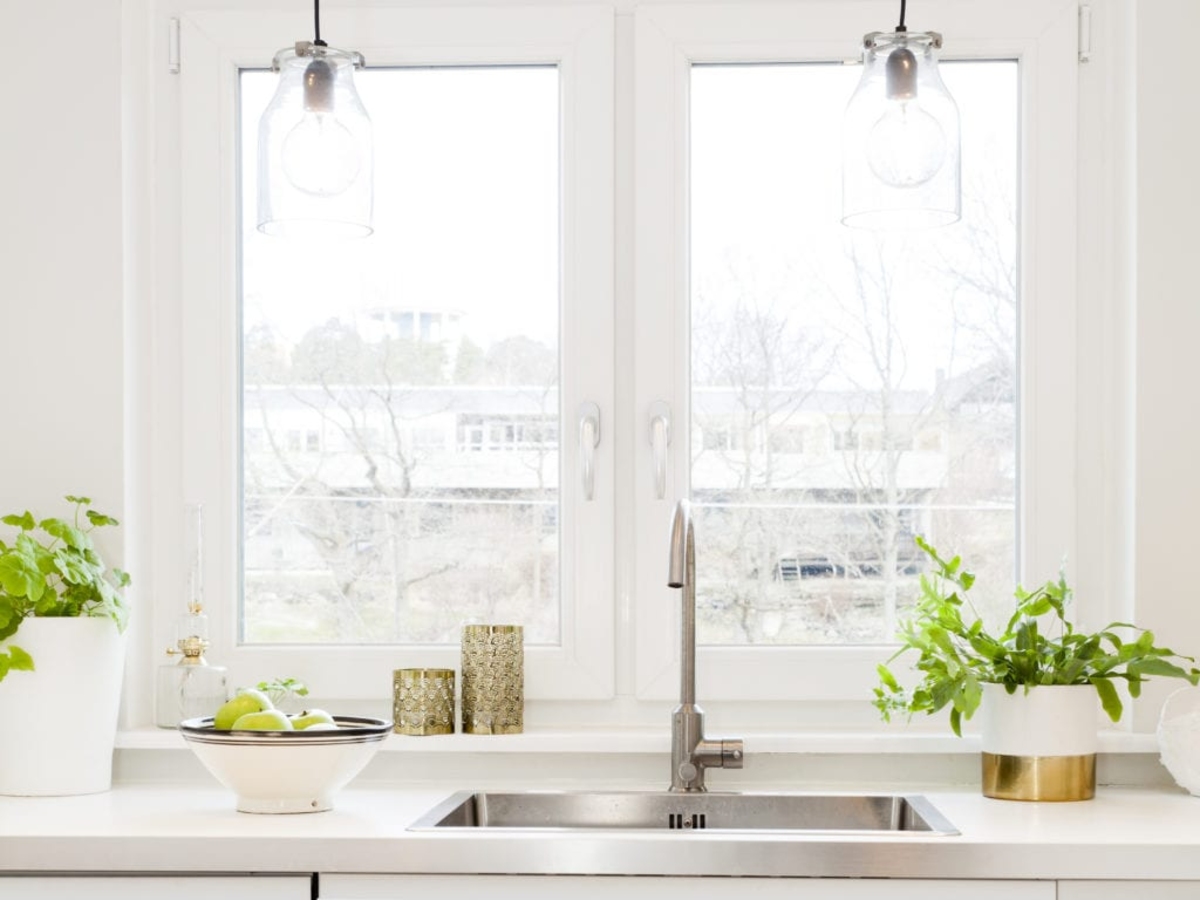
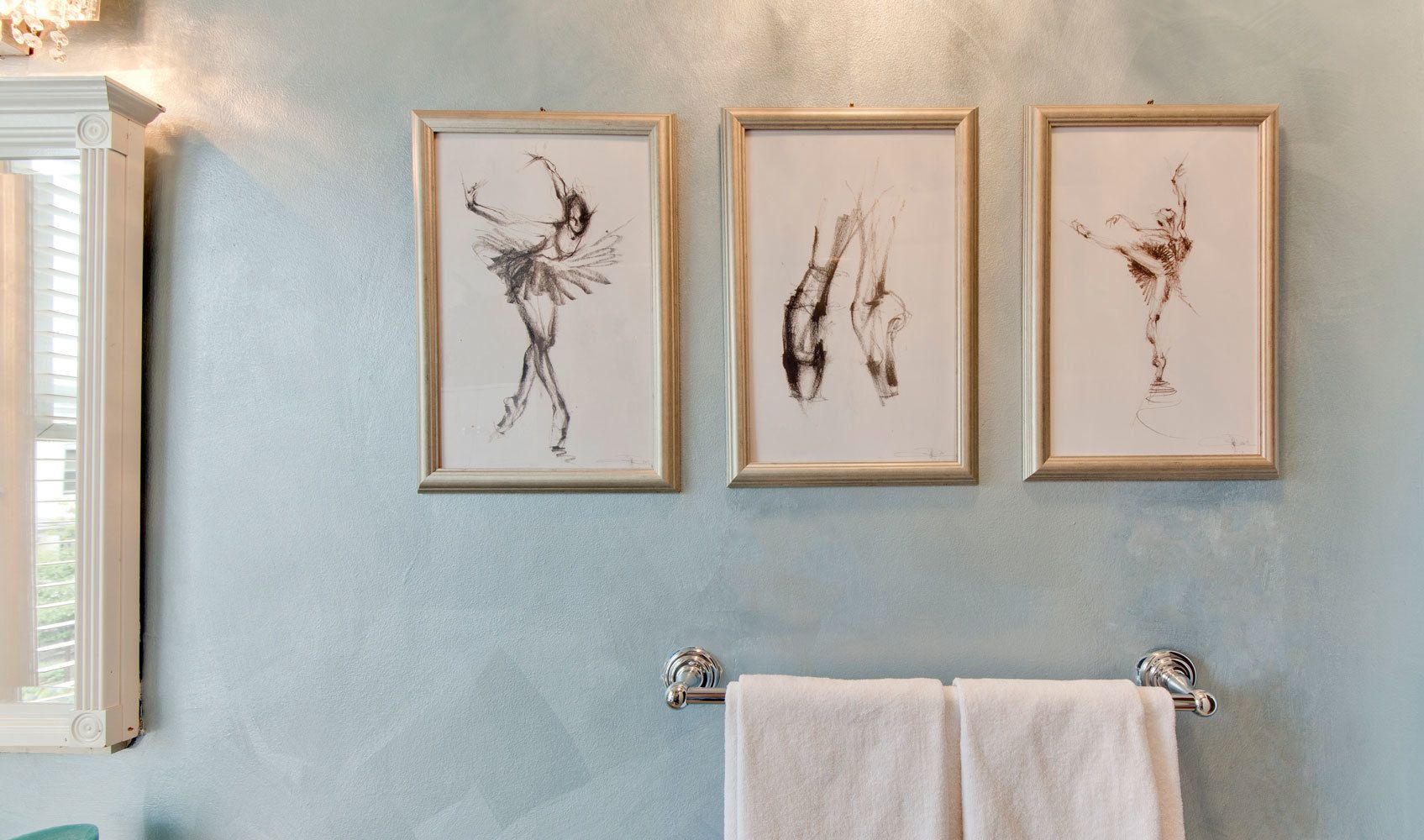
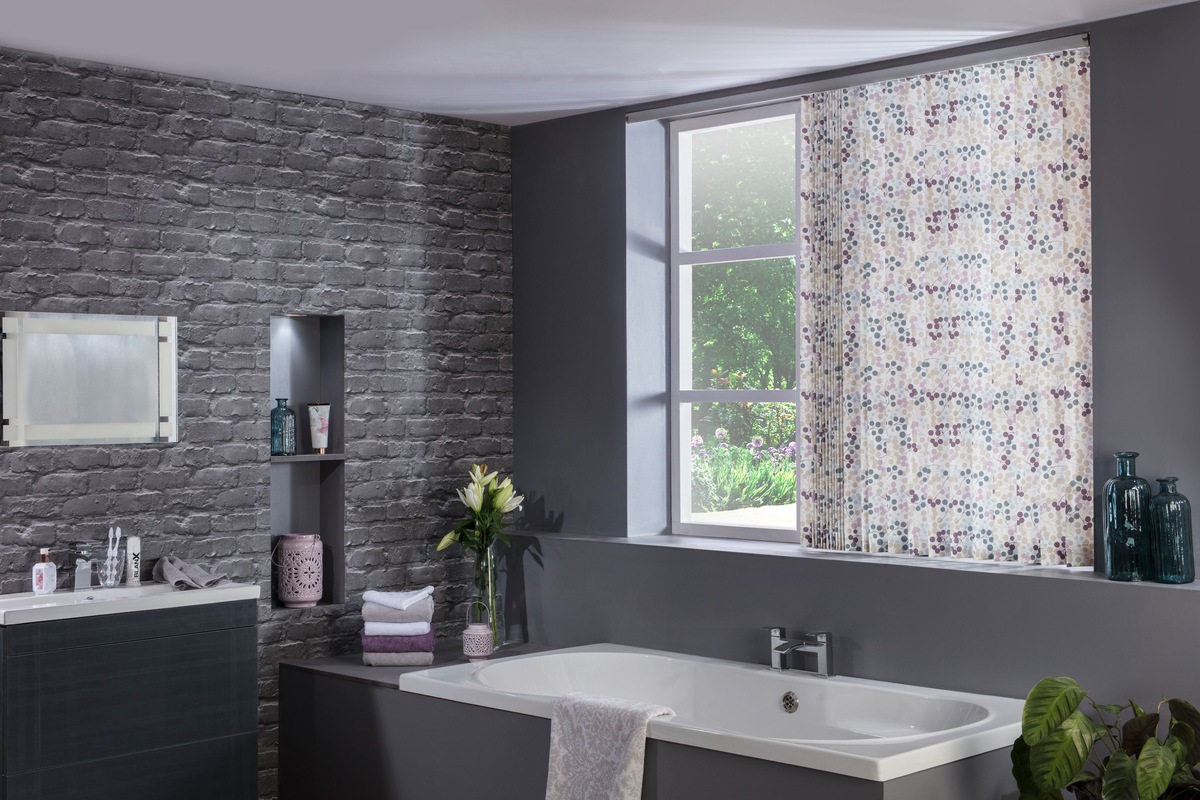
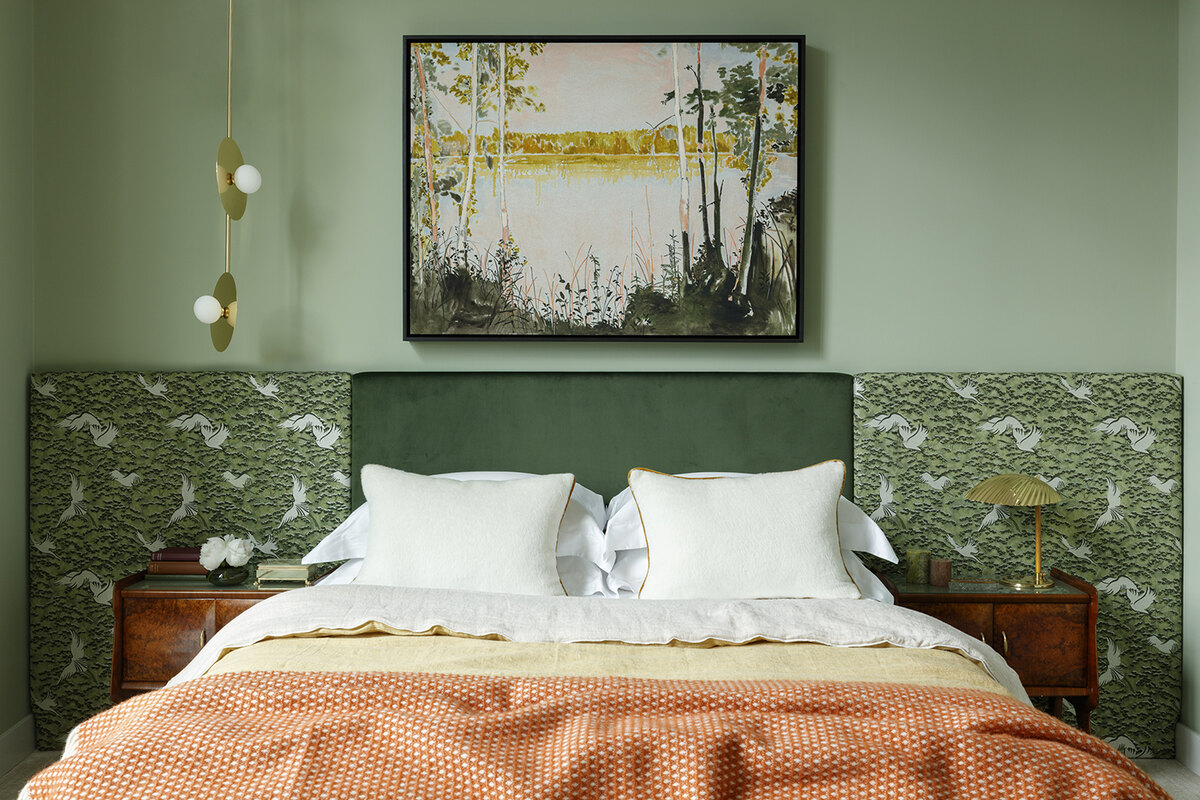
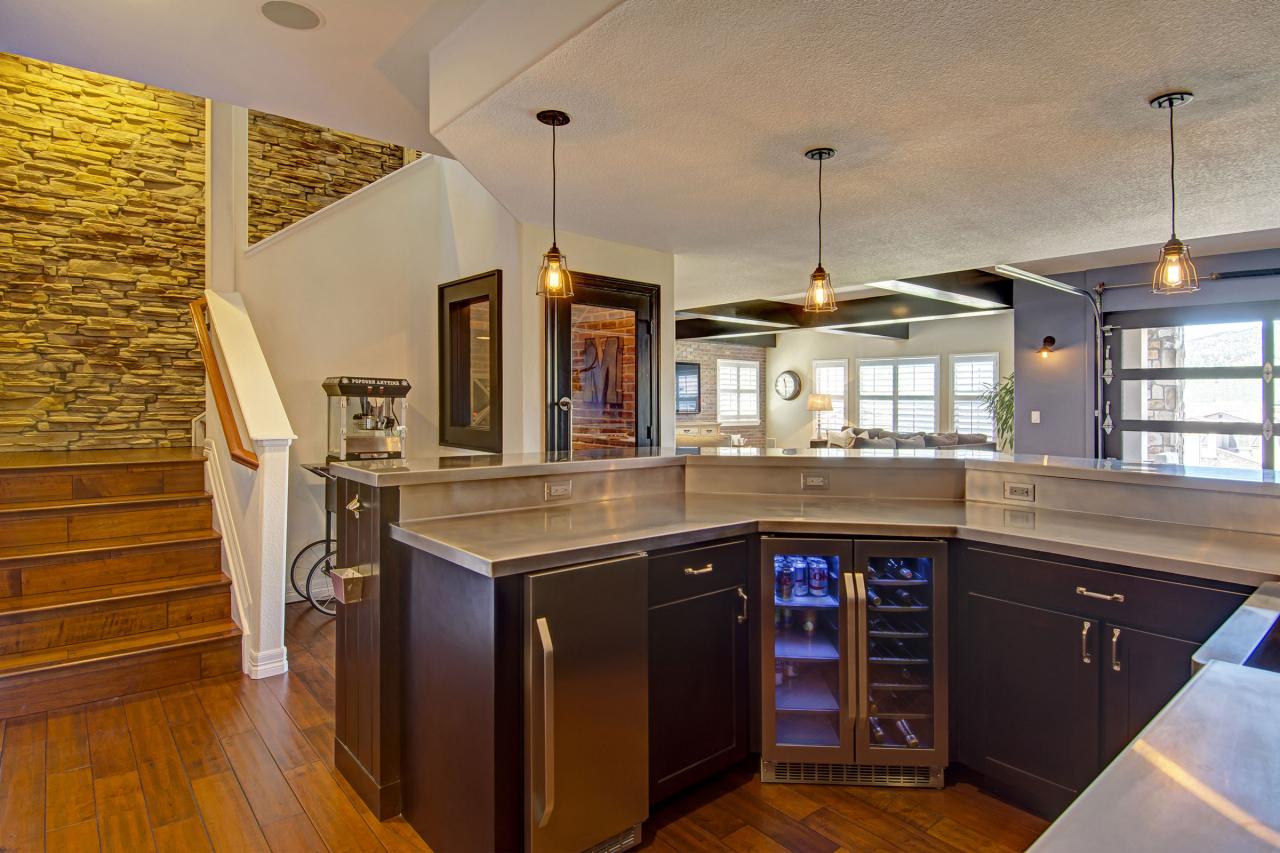
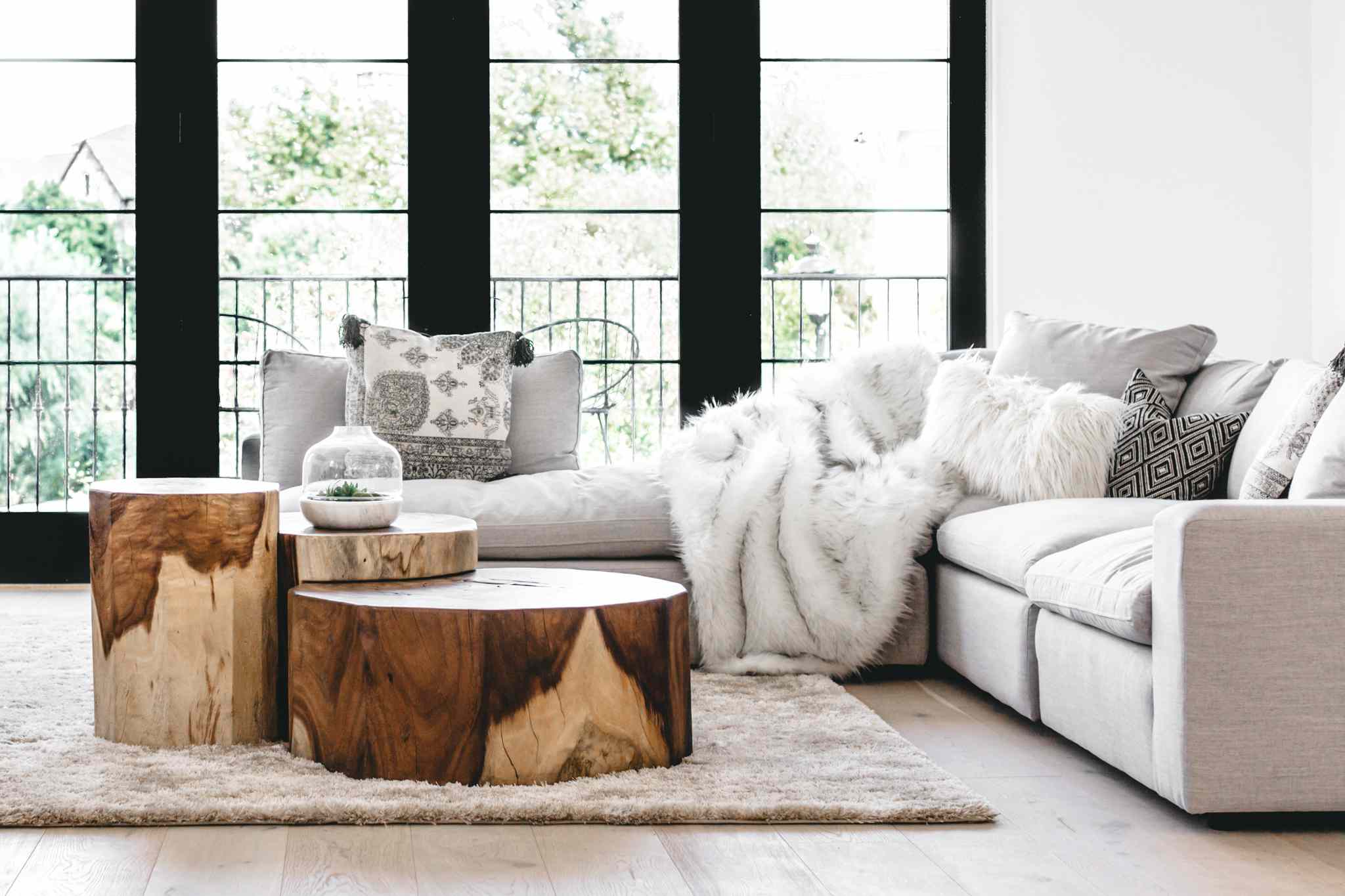
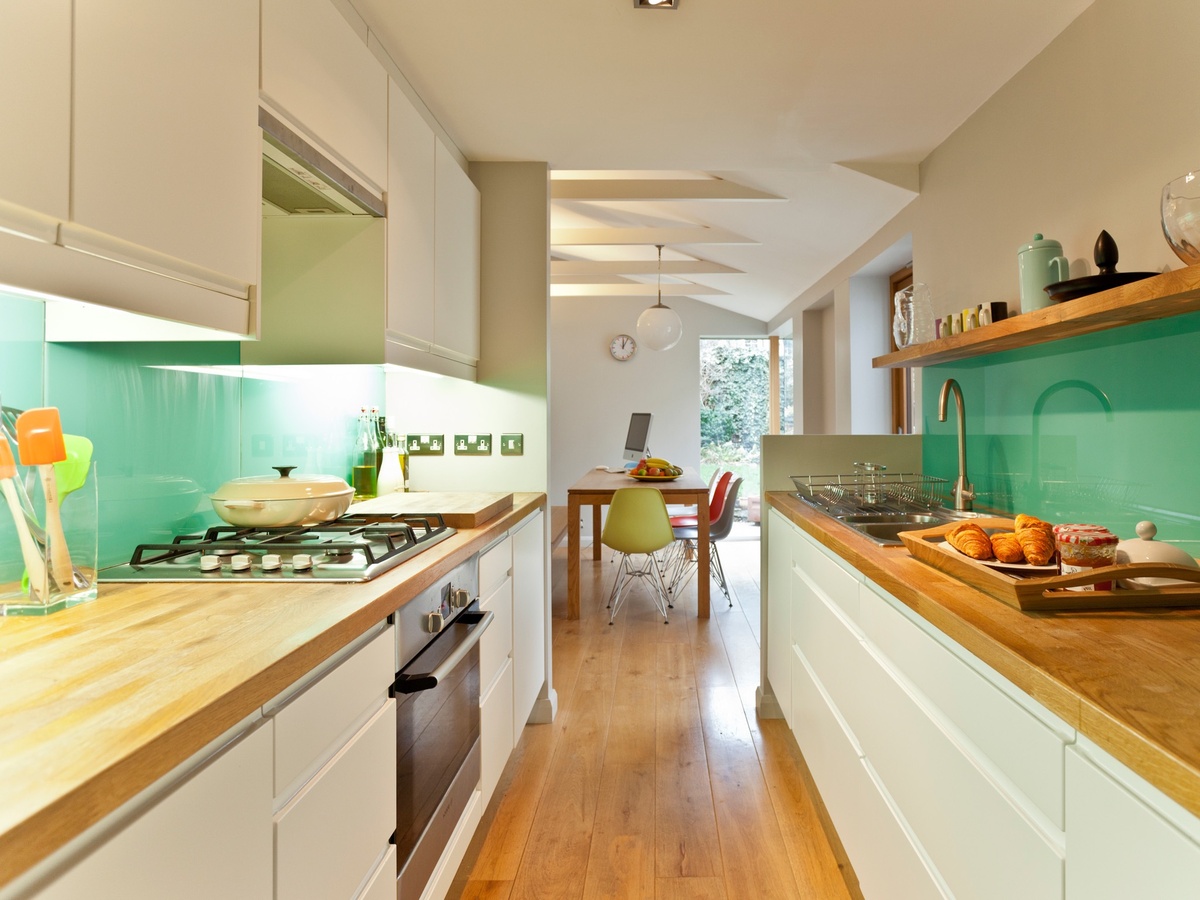
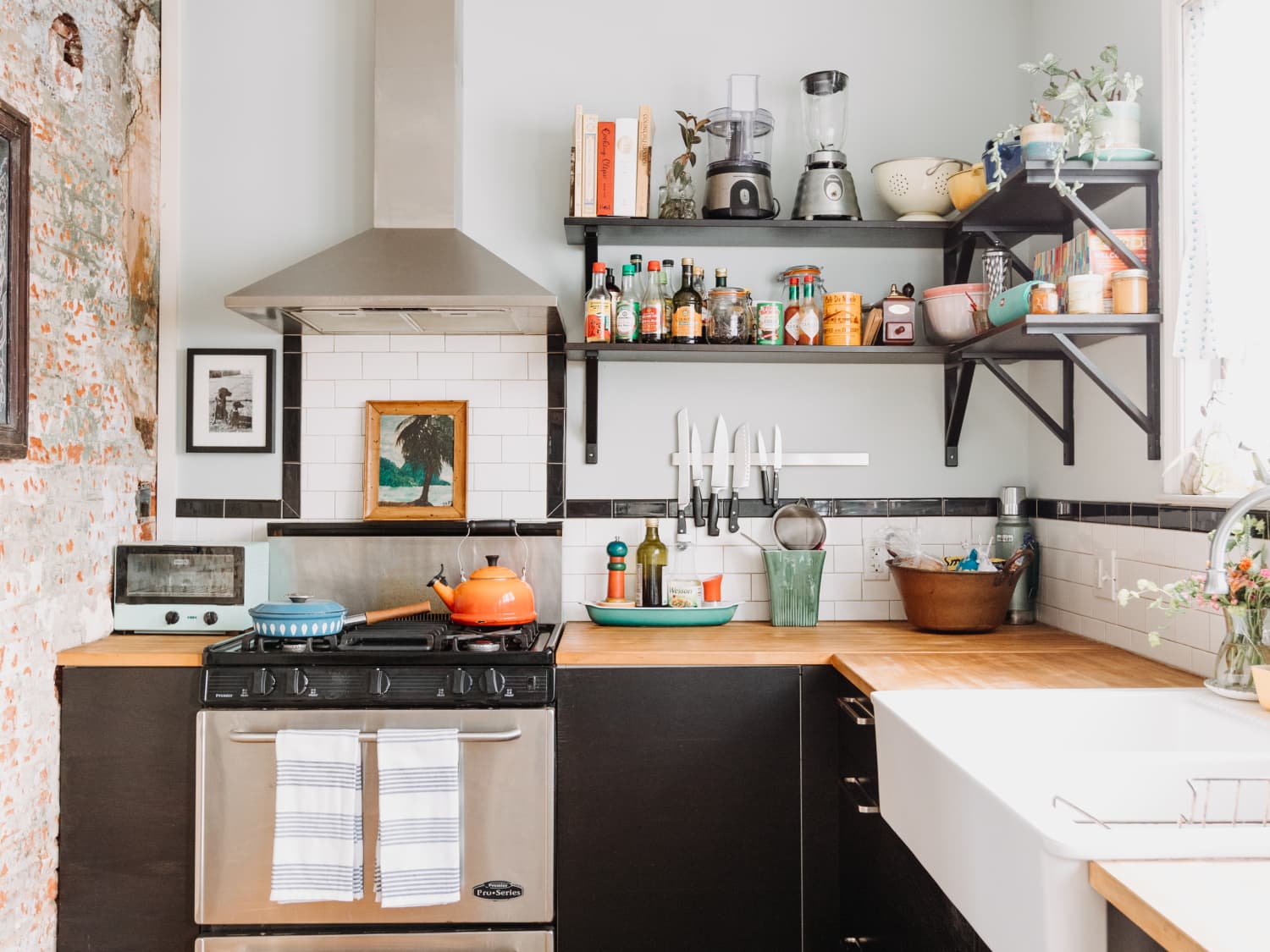
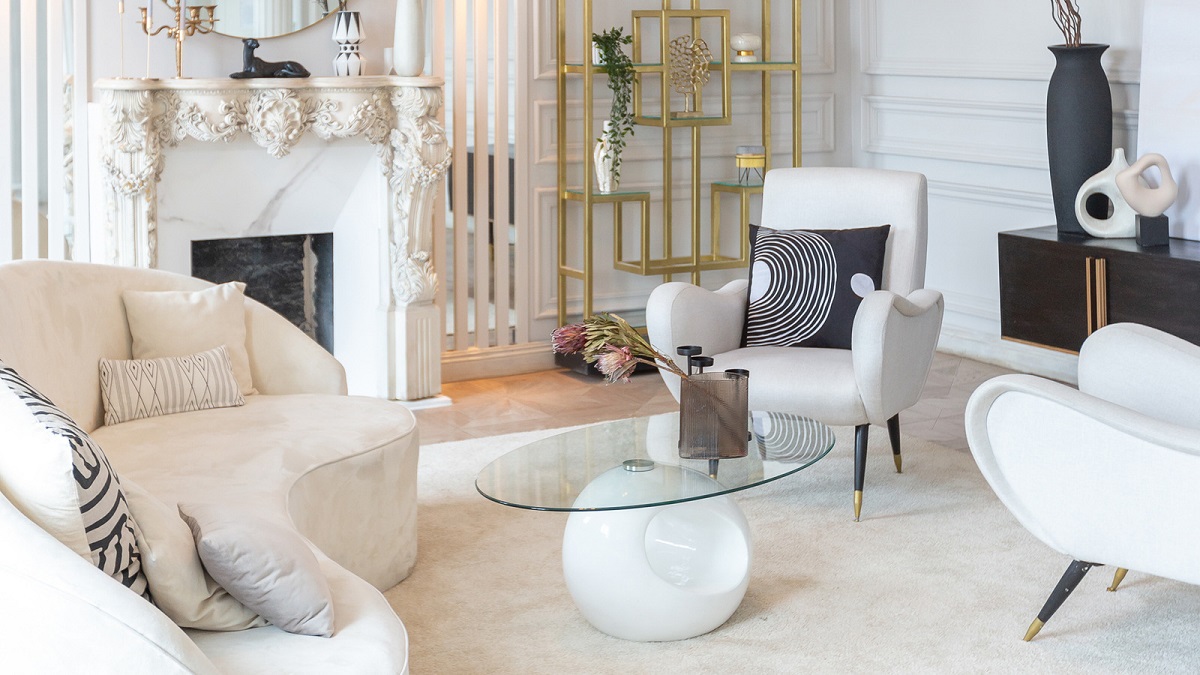
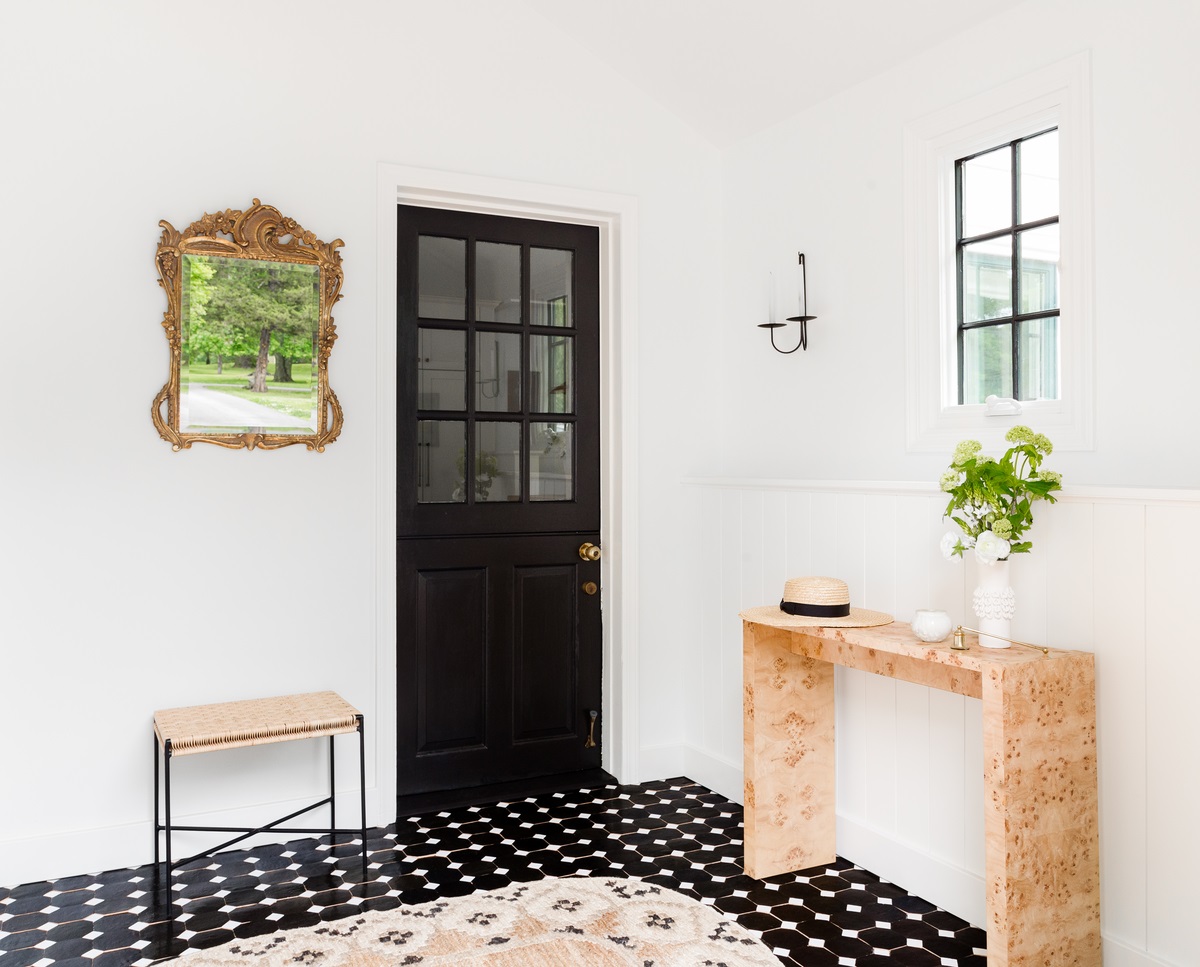

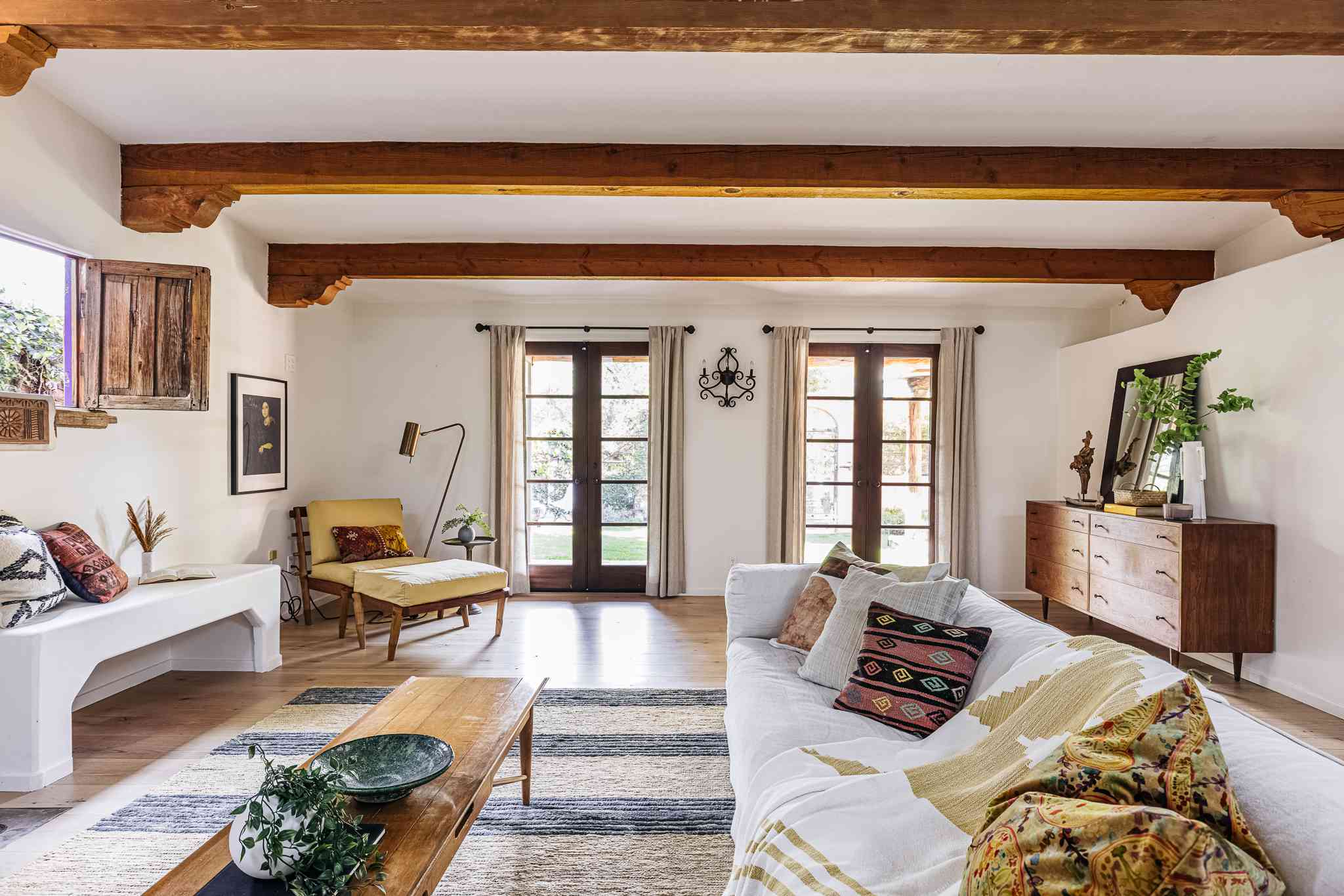
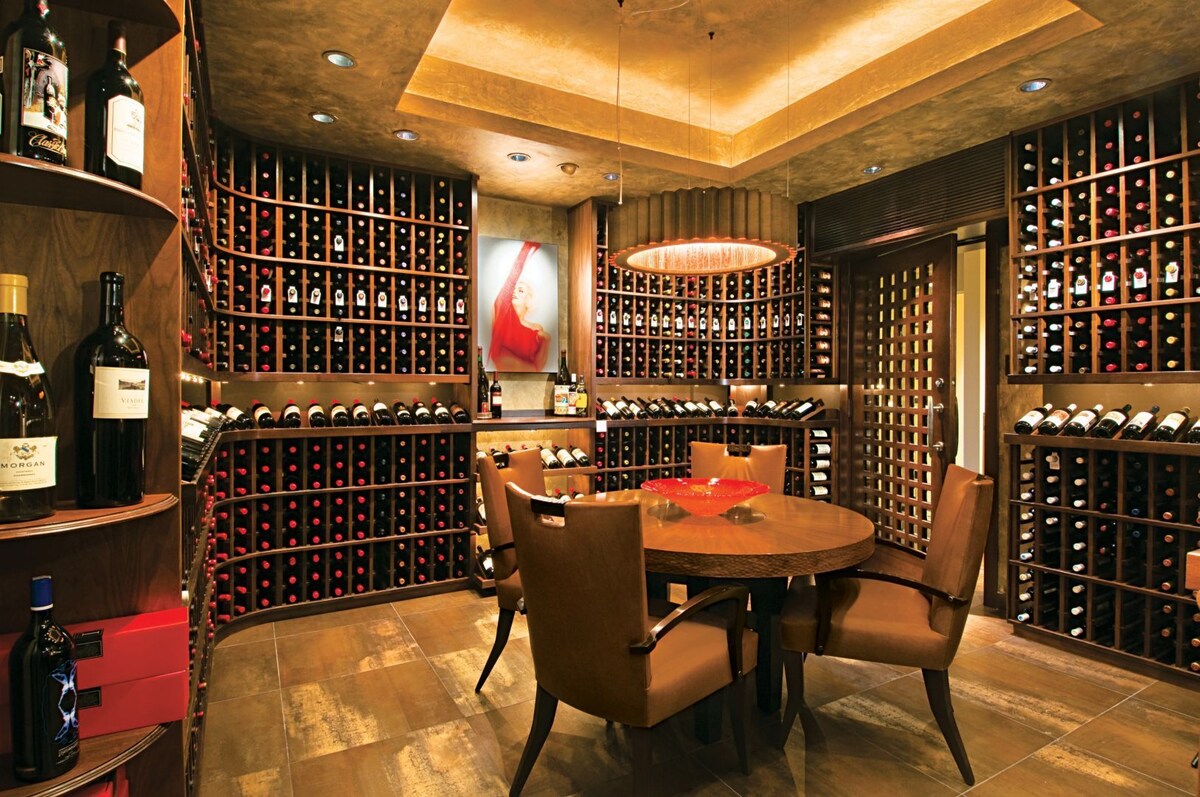

0 thoughts on “13 Ways To Decorate With Chinoiserie”